Water features
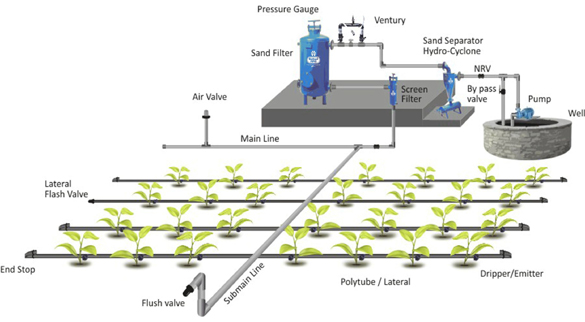
Water features
Gardening or simply sitting outside is a delight to the senses. The smell of flowers in bloom and freshly cut grass is complemented by the mix of textures between plants and hardscape. A water feature can add to this experience, lending pleasing sounds or even just a cooling presence on a warm day. Whether as a dramatic focal point on a grand estate or a just delicate piece in a small garden, such a feature is quite versatile with choices appropriate for landscapes of almost any size–or the budget of its caretaker. Water can almost always be added to help beautify and complete the sensory experience.
- Bubblers: Whether peeking over the top of an urn or splashing playfully upon rocks or a pool, a bubbler fountain works vertically, adding interest and white noise without sacrificing too much space in the landscape. And because the water does not travel far, capture and reuse through a pump system is simple and fairly efficient. Typically water will pass through a grate to a box below the surface where a pump will direct it back into the system piping. Maintenance is minimal as well, requiring control of nutrients and debris into the system and servicing the pump regularly to ensure it is working properly.
- Stream: Stretching out across the landscape, even if for just a short distance, a streambed can lend a rustic look and help define spaces within. This type of water feature is created with a liner constructed within a rock channel with a pump system to recirculate water from the bottom to the top. Adaptable to almost any landscape that has the real estate to accommodate one, a stream can incorporate other water features as well, such as waterfalls or small ponds, or can terminate subtly with the use of a “pondless waterfall” which will capture and recirculate water below the surface.
- Ponds: An artificial pond can create a surprisingly natural look. A liner on a sand bed with aggregate edge materials sets the stage for a small body of water that may be home to fish, aquatic plants, or just a bubbler. Maintenance is a factor, of course, requiring regular cleaning, servicing the pump and aeration systems, checking for leaks in the liner, assessing the health of the plants and wildlife, and testing the water’s chemical balances.
A landscape designer or contractor can help select the right water feature for the site and the homeowner’s vision. Understanding some of the common types, too, is a good starting point for envisioning how water might add to a garden or landscape.



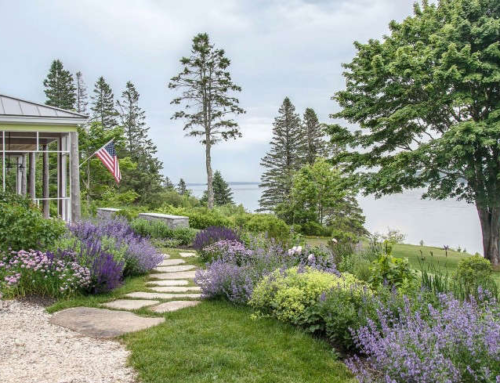
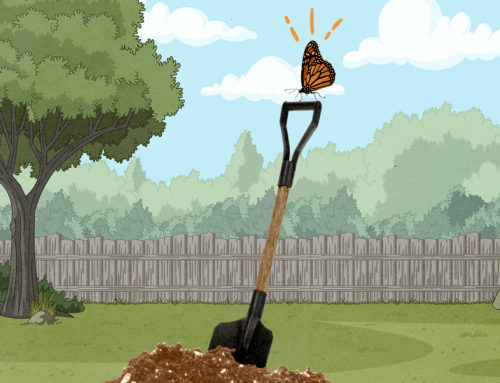
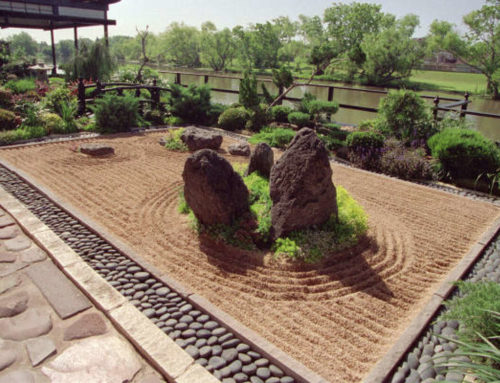
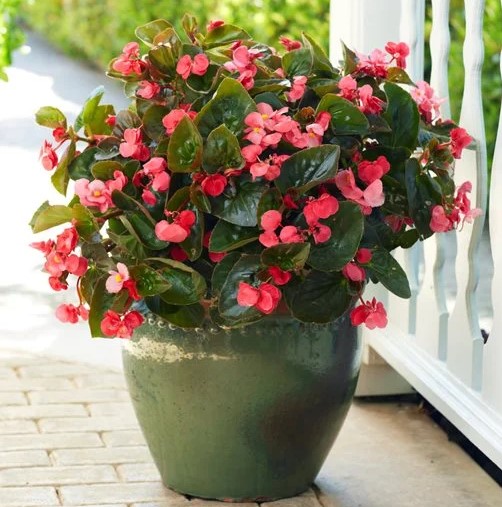

Leave A Comment
You must be logged in to post a comment.